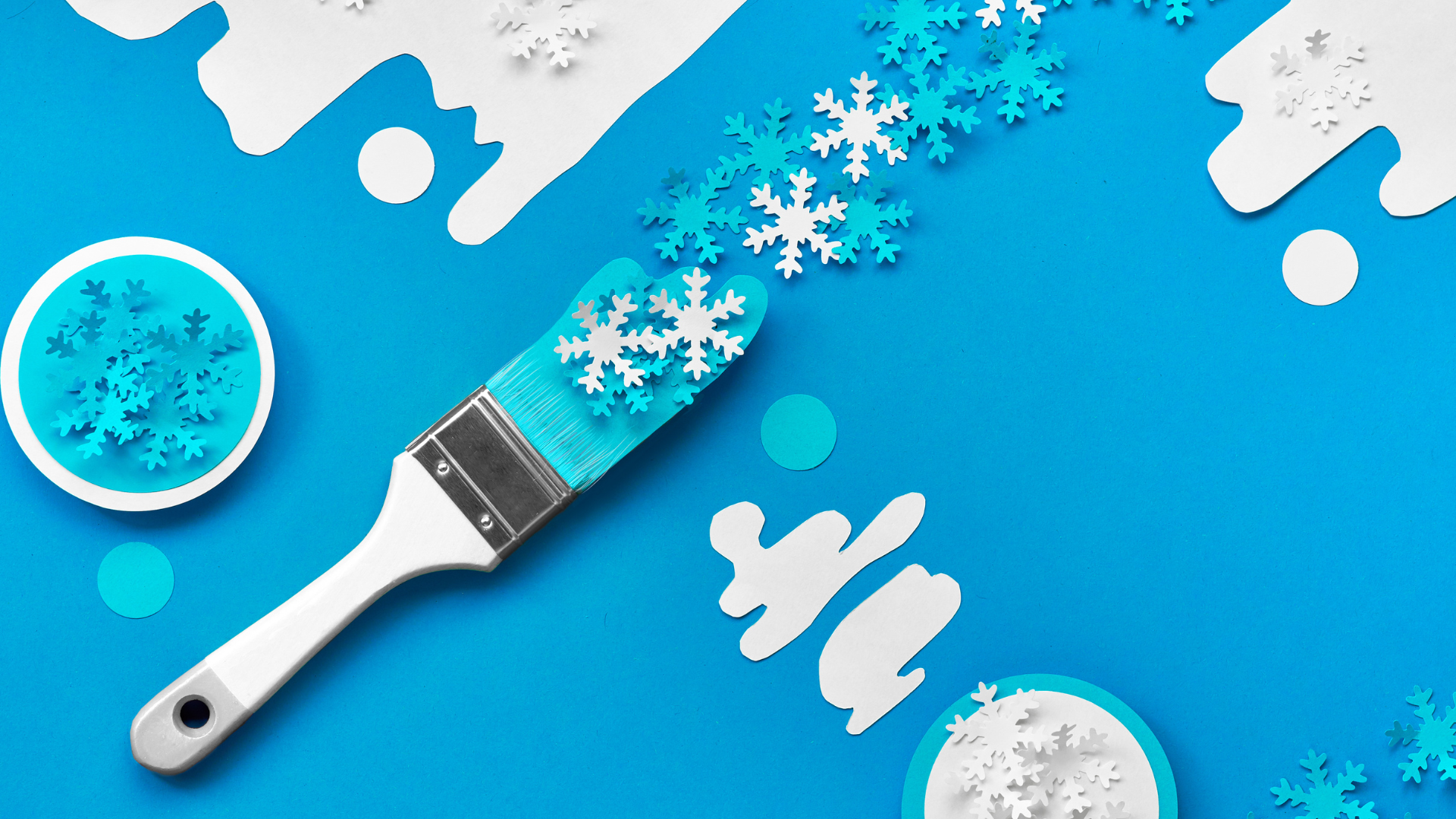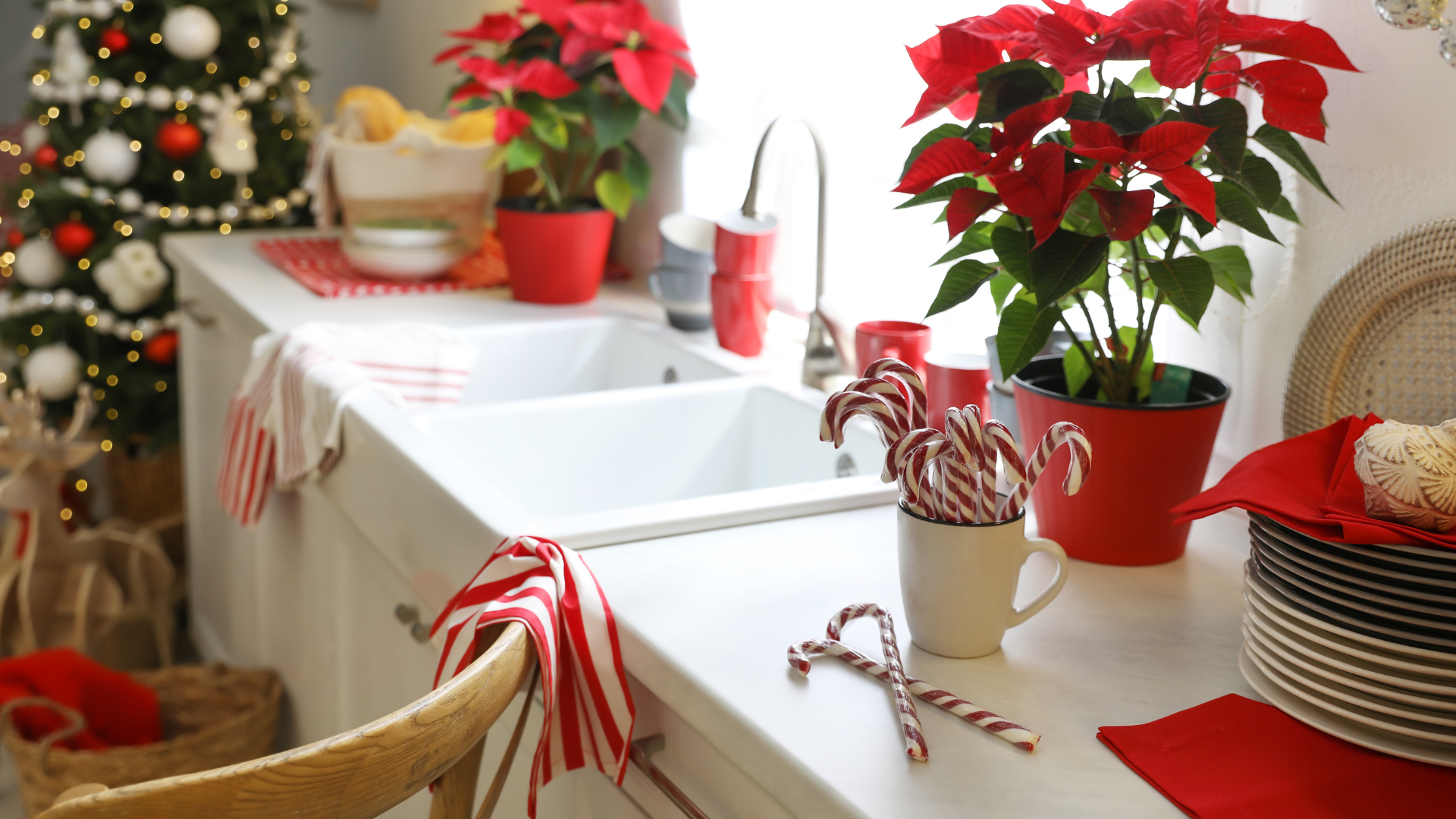The Challenges House Painters Face When Painting in Cold Weather
The Challenges House Painters Face When Painting in Cold Weather

Painting a house during colder months may seem like a straightforward task, but for professional painters, low temperatures can present significant challenges. These conditions affect not only the paint’s performance but also the safety and efficiency of the painters. Understanding these issues is essential for homeowners and contractors alike, as improper painting in cold weather can lead to substandard results, wasted time, and costly repairs.
1. Paint Performance Issues
One of the most critical problems painters face in cold weather is how the low temperatures affect the paint itself. Most paints have a recommended temperature range for application, usually between 50°F and 85°F. When the temperature drops below this range, the following issues can arise:
- Delayed Drying Times: Paint takes longer to dry in the cold, which can lead to uneven finishes and delayed project completion.
- Improper Curing: Paint must cure properly to form a durable finish. Cold temperatures can hinder this process, leading to peeling, cracking, or bubbling over time.
- Thicker Consistency: Cold weather causes paint to thicken, making it harder to apply smoothly. This can result in streaks, brush marks, or inconsistent coverage.
2. Surface Preparation Challenges
Cold weather doesn’t just affect paint—it also impacts the surfaces being painted. Exterior surfaces, such as wood, metal, or masonry, can become damp from frost or condensation. Painting over a cold, damp surface can lead to adhesion problems, causing the paint to flake or peel prematurely. Furthermore, ice or frost that forms on surfaces during the early morning hours can prevent painters from starting work on time.
3. Equipment Malfunction
The tools painters rely on can also be impacted by cold weather. Paint sprayers, brushes, and rollers may not function as efficiently in low temperatures. Paint sprayers, for example, can become clogged as thicker paint struggles to pass through their nozzles. Cleaning and maintaining equipment in cold conditions also becomes more challenging, leading to potential delays.
4. Health and Safety Concerns
Painting in cold weather can take a toll on the health and safety of the painters. Prolonged exposure to cold temperatures can cause discomfort, numbness, and fatigue, which may lead to accidents or reduced productivity. Frostbite and hypothermia are real risks for painters working outdoors in freezing conditions, especially if they are not equipped with proper cold-weather gear.
5. Adapting to Shorter Days
During winter, daylight hours are shorter, limiting the time available to complete projects. Painters must carefully plan their schedules to maximize productivity during the limited window of optimal conditions. This often leads to tighter deadlines and increased pressure to finish projects on time.
6. Higher Risk of Callbacks
Cold-weather painting often results in a higher likelihood of callbacks. Homeowners may notice defects such as cracking, uneven finishes, or peeling paint after the job is completed. These callbacks not only harm a painter’s reputation but also add to the overall cost and time required to resolve the issues.
How Painters Can Overcome Cold-Weather Challenges
While painting in cold weather presents unique difficulties, there are strategies professionals can use to mitigate these problems:
- Choose the Right Paint: Opt for cold-weather formulas specifically designed for low-temperature application. Some paints can be applied at temperatures as low as 35°F.
- Monitor Weather Conditions: Plan painting schedules around warmer parts of the day and avoid painting when frost, rain, or snow is in the forecast.
- Invest in Equipment: Use heated paint buckets or portable heaters to keep paint at an optimal temperature for application.
- Ensure Proper Surface Preparation: Use dehumidifiers or heaters to ensure surfaces are dry and free of frost before painting.
- Wear Proper Gear: Equip painters with insulated clothing, gloves, and footwear to keep them warm and safe.
Conclusion
Painting in cold weather requires a higher level of skill, preparation, and patience. For homeowners, hiring experienced painters who understand the nuances of cold-weather painting is crucial to ensure long-lasting, professional results. For painters, investing in the right tools, materials, and techniques can help them overcome the challenges and maintain their reputation for quality work—even when temperatures drop.



